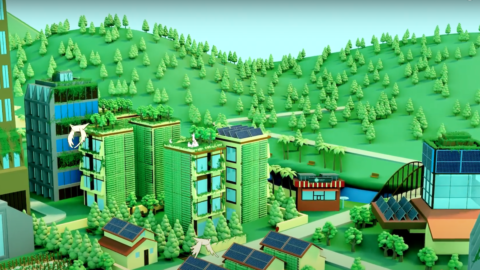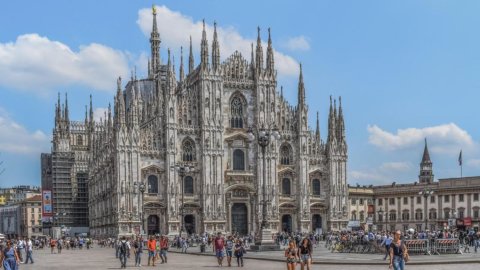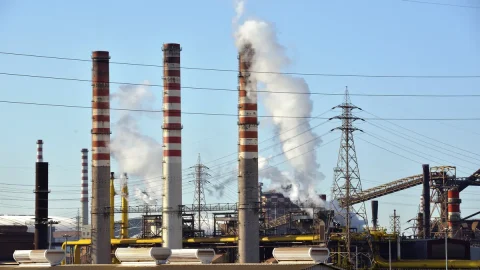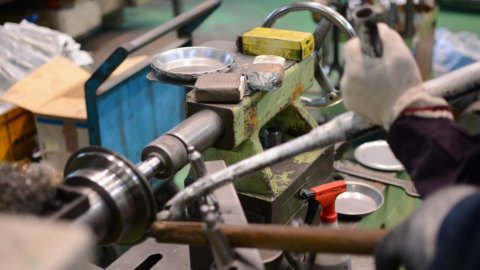Le European cities who fear they are not up to par ecological transition they have to arrange the projects now. Europe for the next 10-15 years wants circular and resilient cities. The efforts that the communities must make must therefore see the light as soon as possible. Lingering is not a verb that is declining well in Brussels, especially since the financial flows of the Recovery Fund have opened. Italy is among the countries that can seize this opportunity, having at home a center of excellence such as theAeneas. The institution is highly accredited in Europe and two of its projects - ENEA ES-PA and RECiProCO - were included in the Circular Cities Declaration (CCD) a few days ago. What is that ? It is the protocol launched by the network ICLEI Europe Local administrations for sustainability, which brings together around 1200 local authorities. So far 22 out of 27 EU countries have joined ICLEI Europe. The news of the recognition for Enea was given by the institution itself.
In the projects attention to citizens-consumers
What makes the Italian body the protagonist of such a high European challenge? "The project ESP-PA “Energy and Sustainability for the Public Administration aims to strengthen the technical and administrative capacity of the Public Administration in public energy-environmental investment programmes”, explains the Body. THE funding they come from the Agency for Territorial Cohesion and they must not be lost because having cities on a human scale means reducing emissions, leaner circularity, efficient buildings. In practice, actions that for various reasons refer to programs put in place by the European Commission with feedback in the Italian PNRR. In general, there are 47 lines of activity and thematic areas, 16 of which are dedicated toenergy efficiency: in the Italian PNRR they are worth about 70 billion euros. The other project Reciprocal is for initiatives of The circular economy for the benefit of consumers. There is a package of actions that goes from the mapping of good practices, to the fight against energy poverty, to the development of forms of identification for products and services with reduced environmental impact. In this sense, Enea has signed an agreement with the Ministry of Enterprise with the result of having helped, among others, the cities of Bologna and Taranto in the co-planning of activities for sustainable consumption.
Circular economy: virtuous models for cities
“The multiple activities based on a systemic approach to strengthen local governments on sustainability issues were the strengths that allowed these two projects of ours to be mentioned in the report of the Circular Cities Declaration”, he explains Caroline Innella, Enea researcher at the “La Trisaia” Center (Matera). But in addition to the ES-PA and RECiProCo projects, the Circular Cities Declaration in 2022 also appreciated the Italian platform for the circular economy ICESP, which also supports cities and territories. THE delays on the PNRR, which is being talked about these days, risk hindering such programs that open Italian cities to virtuous models in the provision of services, in the satisfaction of social demands, in the repressed desire for less congested cities. Finally, last year's CCD Report also describes what the future actions will be and what content the work plans will have. An incentive to hurry on the territories. There is little to linger, in fact.





